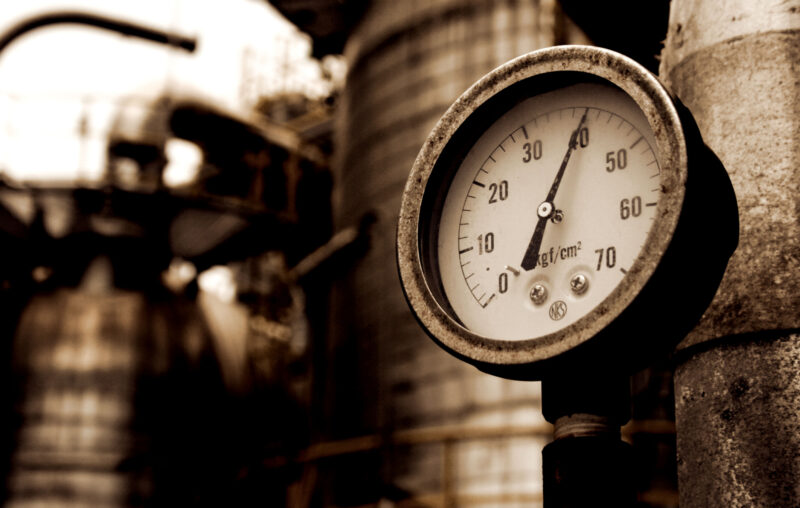Inflation Ticks Up Again. Keep an Eye on Oil

The Consumer Price Index (CPI) increased for the third straight month, interrupting the downward trend seen over the previous year.
Recent inflation has been a heavy burden for most Americans. It has eroded the value of the U.S. dollar, reducing its purchasing power by more than 20 percent since the start of the pandemic recovery. After much delay, the Federal Reserve finally began raising interest rates in March 2022, causing inflation to fall from July 2022 through June 2023.
The past few months, however, have interrupted the downward trend. What has caused the recent uptick in inflation, and where might we expect it to go from here?
The Latest Numbers
The CPI for all items rose by 3.7 percent over the past 12 months, but the August and September increases were particularly high at annualized rates of 7.2 percent and 4.8 percent respectively. The main driver in those months was high oil prices, which pushed up the costs of gasoline and energy more broadly.
Core CPI (excluding food and energy) was higher than total CPI inflation over the past 12 months at 4.1 percent. Core CP ininflation, however, has not spiked as high as total CPI inflation in the past two months, coming in at annualized rates of 3.6 percent in each month.
The combination of high headline inflation and low core inflation is doubly bad for average Americans. The economy seems to be slowing, but they are still paying higher prices for gas, one of their most important purchases.
All About Oil
Interestingly, even core CPI appears to have been affected by the high price of oil. If we divide core CPI into goods and services, the average price of goods has seen zero net inflation over the past 12 months and has actually fallen in each of the past four months. Thus, all of the net price increases over the past year have come from services (not counting energy services).
If we look at the subcategories of services, there are two that stand out. The largest increase has come in Transportation Services, which has seen 9.1 percent inflation over the past year. This was partly due to higher used car prices in April and May, but the big increases in the past two months appear to be tied to higher gas prices.
The other major increase was in Shelter, which is the CPI category that captures the cost of housing. The average cost of shelter was up 7.2 percent over the past month.
What Comes Next?
A well-known problem with the CPI is that shelter is calculated in a way that lags changes in housing prices. Housing price indicators like the Case-Shiller index saw major increases during the pandemic recovery, but they are currently at about the same level as a year ago. Thus, we might expect the prices of shelter to see more moderate increases going forward.
The price of oil is less certain and is often affected by geopolitical factors. Renewed war in the Middle East, commodity trade agreements among the BRICs+ countries, and the US political response could all factor in. Major changes in oil prices seem likely to drive the near-term changes in CPI inflation, both headline inflation and possibly core as well.
Another big question is how the Fed will respond. With core inflation finally coming down, Fed officials may worry that a further uptick would lead to higher inflation expectations, which would make their job of bringing it down all the more difficult. If continued inflation leads to further interest rate hikes, the Fed runs the risk of over tightening monetary policy and potentially pushing the economy into recession.
What comes next depends a lot on global markets for crude oil. Sustained increases in oil prices could complicate the Fed’s monetary policy decision, especially if they filter into core inflation, which Fed officials rely on in their monetary policy decisions.









